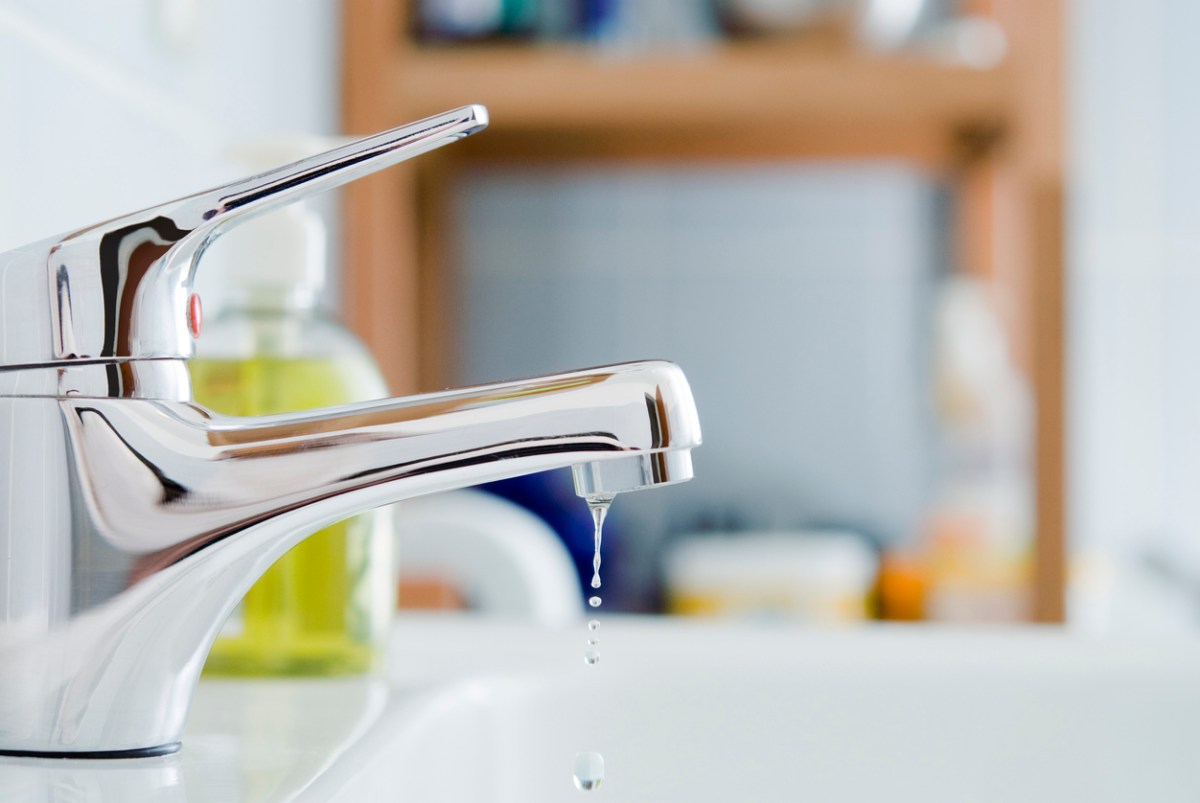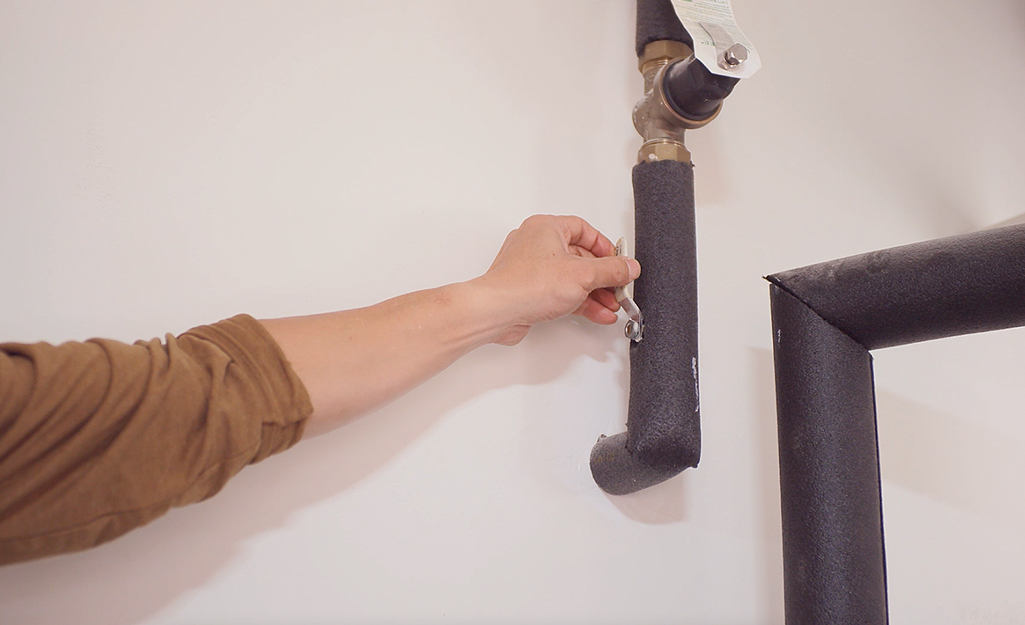Which It's Essential to Address a Broken Faucet
Which It's Essential to Address a Broken Faucet
Blog Article
Nearly everybody is bound to have their own unique views in relation to Why Are My Faucets Dripping (And Can I Fix It Myself)?.

Leaking faucets may feel like a small inconvenience, however their impact surpasses simply the inconvenience of the audio. From wasting water to incurring unneeded financial costs and health and wellness risks, neglecting a leaking faucet can cause various effects. In this short article, we'll look into why it's essential to resolve this usual home issue promptly and efficiently.
Waste of Water
Environmental Impact
Leaking taps contribute considerably to water waste. According to the Environmental Protection Agency (EPA), a solitary faucet trickling at one drip per second can waste more than 3,000 gallons of water each year. This not just strains water sources yet additionally influences communities and wild animals dependent on them.
Step-by-Step Guide to Dealing With a Dripping Faucet
Devices Needed
Before attempting to take care of a trickling tap, gather the essential tools, consisting of a flexible wrench, screwdrivers, substitute parts (such as washing machines or cartridges), and plumber's tape.
Common Tap Issues and Their Solutions
Recognize the type of faucet and the details issue triggering the drip. Usual issues include worn-out washing machines, rusty valve seats, or faulty O-rings. Describe producer guidelines or online tutorials for step-by-step assistance on repair services.
Financial Prices
Increased Water Expenses
Beyond the environmental impact, leaking taps can inflate water bills significantly. The gathered wastage with time converts right into higher utility expenses, which might have been stayed clear of with prompt repair work.
Prospective Building Damage
Furthermore, extended trickling can bring about harm to components and surface areas surrounding the tap. Water build-up can create discoloration, rust, and even architectural issues if left unattended, causing added repair service costs.
Wellness Worries
Mold And Mildew and Mildew Growth
The constant visibility of dampness from a dripping tap develops a perfect atmosphere for mold and mildew growth. These fungis not just compromise indoor air top quality yet also present wellness dangers, especially for individuals with respiratory problems or allergies.
Waterborne Conditions
Stationary water in dripping faucets can end up being a breeding ground for bacteria and other microorganisms, boosting the risk of waterborne illness. Contaminants such as Legionella germs grow in stagnant water, possibly resulting in major diseases when consumed or breathed in.
Do it yourself vs. Professional Repair service
Advantages and disadvantages of Do It Yourself Repair
While some may try to repair a leaking faucet themselves, do it yourself fixings come with their own set of obstacles. Without appropriate expertise and devices, do it yourself efforts can worsen the issue or bring about incomplete fixings, prolonging the issue.
Benefits of Working With an Expert Plumber
Employing a professional plumber ensures that the underlying source of the dripping tap is resolved successfully. Plumbings have the proficiency and tools to identify and fix faucet problems successfully, saving time and lessening the risk of additional damages.
Environmental Obligation
Specific Payment to Conservation
Taking obligation for dealing with dripping faucets lines up with more comprehensive initiatives towards water preservation and ecological sustainability. Every individual's actions jointly make a considerable effect on maintaining priceless sources.
Sustainable Living Practices
By focusing on timely repair work and embracing water-saving practices, people contribute to sustainable living practices that benefit both present and future generations.
Preventive Measures
Routine Maintenance Tips
To stop leaking faucets, execute regular maintenance such as cleaning aerators, checking for leakages, and replacing worn-out parts quickly. In addition, think about mounting water-saving gadgets or updating to much more effective fixtures.
Significance of Prompt Services
Dealing with leaking taps as quickly as they're noticed protects against more water wastage and prospective damages, inevitably conserving both water and money in the long run.
Impact on Residential Or Commercial Property Worth
Assumption of Well-Maintained Property
Keeping a residential property in good condition, including attending to upkeep concerns like dripping taps, boosts its viewed worth and desirability among prospective buyers or lessees.
Influence on Resale Worth
Features with properly maintained plumbing fixtures, including faucets, command higher resale worths in the property market. Addressing dripping taps can contribute to a positive impression during home evaluations and negotiations.
Verdict
Attending to a dripping tap exceeds mere ease; it's a vital step towards saving water, reducing monetary costs, and securing health and building. Whether with do it yourself repair work or specialist assistance, acting to take care of trickling faucets is a little yet impactful way to advertise liable stewardship of sources and add to a much healthier, a lot more sustainable future.
How to Fix a Dripping or Leaky Faucet
A leaking faucet is one of the most common problems that homeowners encounter, but it being commonplace doesn’t make it any less annoying. The constant drip drip drip of a leaking bathtub faucet, showerhead, or sink tap can disturb your home’s serenity. Left neglected, a dripping faucet can also result in higher water bills and discoloration or mold growth in your sink or plumbing fixtures.
Fortunately, you don’t have to be a trained plumber to know how to stop a dripping faucet. With some basic tools, replacement parts, and a little patience, leaky faucet repair is a breeze. In this article, we’ll explain what causes dripping faucets and how you can fix them.
What Causes a Leaking Faucet?
Kitchen and bathroom faucets come in all manner of designs, but most involve some combination of valves, O-rings, seals, and washers. The O-ring is usually the weakest link, but any one of these pieces can wear down over time. Heat, moisture, temperature fluctuations, minerals, mold, and movement can contribute to warping and corrosion, breaking the watertight seal. This just comes with the territory of being a homeowner. Everything is always subject to wear and tear, and some component parts of your appliances and fixtures need to be replaced on occasion. At least replacement O-rings are cheap!
More rarely, dripping faucets can be a symptom of excessively high water pressure. Were this the case in your home, you would probably notice that the leak is not isolated to one faucet. Water pressure issues are harder to resolve on your own. We recommend contacting a professional plumber if you suspect your water pressure is too high.
How to Fix a Dripping Faucet
Pipe wrench or monkey wrench Allen wrench set Screwdrivers Old towel or rag Shut off the water.
Before you do anything, you need to turn off the water to keep from drenching your kitchen or bathroom. You should find a valve under the sink and against the wall. Once you’ve turned this valve, try turning the faucet on to confirm that the water source has been cut off.
If you can’t locate your local valve for the faucet you’re working on, you can always shut off the water to the house at the main valve. Of course, this will prohibit anyone from using the sinks, showers, or toilets while you’re working on the faucet that’s giving you trouble.
Plug or block the drain.
You’ll be disassembling the faucet and removing some small bits of hardware. Plug the drain with a stopper or rag to avoid the possibility of a small screw falling into your P-trap.
Take apart the faucet assembly.
There are several varieties of kitchen and bathroom faucets, each with its own manner of assembly. For detailed instructions on how to disassemble your faucet, you can refer to the fixture’s manual or contact the manufacturer. If you know whether you have a ball, disc, cartridge, or compression faucet, you can find detailed schematics online.
In general, you need to begin by removing the faucet handles. You might notice a small screw that you’ll need to remove with a screwdriver or Allen wrench. If you don’t see any visible securing hardware, it’s likely hidden under a decorative cap that can be unscrewed or popped off with flathead screwdriver.
Remove each piece methodically, consulting a schematic when necessary. Take notes or arrange the pieces in such a way to make it easier to correctly reassemble the faucet later.
Remove the cartridge.
Once you’ve removed the handles and securing hardware, you should be able to remove the valve cartridge or stem. Some cartridges will slide right out. Other faucet models will require you to loosen a nut with a pipe wrench before you can remove the valve stem.
Examine the exposed hardware.
With the cartridge or stem removed, inspect the component parts. Check the rubber O-rings for wear and tear. Also examine the seat washer for corrosion or other damage. These pieces are usually the responsible parties for a dripping faucet, but it’s worth inspecting the other component parts while you have the faucet disassembled.
Find replacement parts.
Once you’ve identified which faucet component has failed, find an identical replacement. Your local hardware store should have O-rings, seat washers, and other standard components in stock. If you have a luxury or uncommon faucet, you may have to contact the manufacturer for a replacement part.
It’s a good idea to take your old parts with you to the hardware store so you can compare them with the store’s inventory and be sure you’re purchasing the correct replacement.
Reassemble the faucet.
With your new parts in hand, reconstruct the faucet and handles. Don’t be tempted to overtighten screws or nuts. You might think this could create a better seal, but it can instead damage or bend a delicate part of the assembly and create a new problem for you.
Turn on the water and test the faucet.
The only thing left to do is test your work. Unplug the sink, turn the water back on, and try the faucet. Congratulate yourself on a job well done!
https://www.libertyhomeguard.com/how-to-fix-a-dripping-or-leaky-faucet/

Do you like reading up on Water Dripping from Faucet: Why and How to Fix? Try leaving a review directly below. We'd be pleased to listen to your opinions about this write up. We are looking forward that you come back again soon. Appreciated our blog entry? Please share it. Help others check it out. Thanks so much for going through it.
Report this page